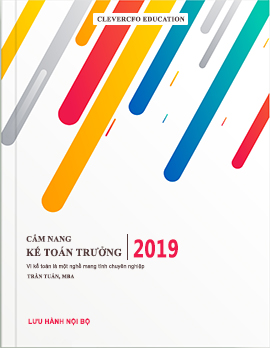Xin giới thiệu các bác nội dung chuẩn mực này. Nó thuộc họ hàng chuẩn mực trình bày .
This IAS contains amendments resulting from the adoption of Commission Regulations (EC) No. 2238/2004 of 29 December 2004 and No. 2236/2004 of 29 December 2004, Nr. 2237/2004 of 29 December 2004 and No. 2236/2004 of 29 December 2004.
International Financial Reporting Standard 1 First-time Adoption of International Financial Reporting Standards (IFRS 1) is set out in paragraphs 1-47 and Appendices A-C. All the paragraphs have equal authority. Paragraphs in bold type state the main principles. Terms defined in Appendix A are in italics the first time they appear in the Standard. Definitions of other terms are given in the Glossary for International Financial Reporting Standards. IFRS 1 should be read in the context of its objective and the Basis for Conclusions, the Preface to International Financial Reporting Standards and the Framework for the Preparation and Presentation of Financial Statements. IAS 8 Accounting Policies, Changes in Accounting Estimates and Errors provides a basis for selecting and applying accounting policies in the absence of explicit guidance.
INTRODUCTION
Reasons for issuing the IFRS
IN1 The IFRS replaces SIC-8 First-time Application of IASs as the Primary Basis of Accounting. The Board developed this IFRS to address concerns that:
(a) some aspects of SIC-8’s requirement for full retrospective application caused costs that exceeded the likely benefits for users of financial statements. Moreover, although SIC-8 did not require retrospective application when this would be impracticable, it did not explain whether a first-time adopter should interpret impracticability as a high hurdle or a low hurdle and it did not specify any particular treatment in cases of impracticability.
(b) SIC-8 could require a first-time adopter to apply two different versions of a Standard if a new version were introduced during the periods covered by its first financial statements prepared under IASs and the new version prohibited retrospective application.
(c) SIC-8 did not state clearly whether a first-time adopter should use hindsight in applying recognition and measurement decisions retrospectively.
(d) there was some doubt about how SIC-8 interacted with specific transitional provisions in individual Standards.
Main features of the IFRS
IN2 The IFRS applies when an entity adopts IFRSs for the first time by an explicit and unreserved statement of compliance with IFRSs.
IN3 In general, the IFRS requires an entity to comply with each IFRS effective at the reporting date for its first IFRS financial statements. In particular, the IFRS requires an entity to do the following in the opening IFRS balance sheet that it prepares as a starting point for its accounting under IFRSs:
(a) recognise all assets and liabilities whose recognition is required by IFRSs;
(b) not recognise items as assets or liabilities if IFRSs do not permit such recognition;
(c) reclassify items that it recognised under previous GAAP as one type of asset, liability or component of equity, but are a different type of asset, liability or component of equity under IFRSs; and
(d) apply IFRSs in measuring all recognised assets and liabilities.
IN4 The IFRS grants limited exemptions from these requirements in specified areas where the cost of complying with them would be likely to exceed the benefits to users of financial statements. The IFRS also prohibits retrospective application of IFRSs in some areas, particularly where retrospective application would require judgements by management about past conditions after the outcome of a particular transaction is already known.
IN5 The IFRS requires disclosures that explain how the transition from previous GAAP to IFRSs affected the entity’s reported financial position, financial performance and cash flows.
IN6 An entity is required to apply the IFRS if its first IFRS financial statements are for a period beginning on or after 1 January 2004. Earlier application is encouraged.
Changes from previous requirements
IN7 Like SIC-8, the IFRS requires retrospective application in most areas. Unlike SIC-8, the IFRS:
(a) includes targeted exemptions to avoid costs that would be likely to exceed the benefits to users of financial statements, and a small number of other exceptions for practical reasons.
(b) clarifies that an entity applies the latest version of IFRSs.
(c) clarifies how a first-time adopter’s estimates under IFRSs relate to the estimates it made for the same date under previous GAAP.
(d) specifies that the transitional provisions in other IFRSs do not apply to a first-time adopter.
(e) requires enhanced disclosure about the transition to IFRSs.









